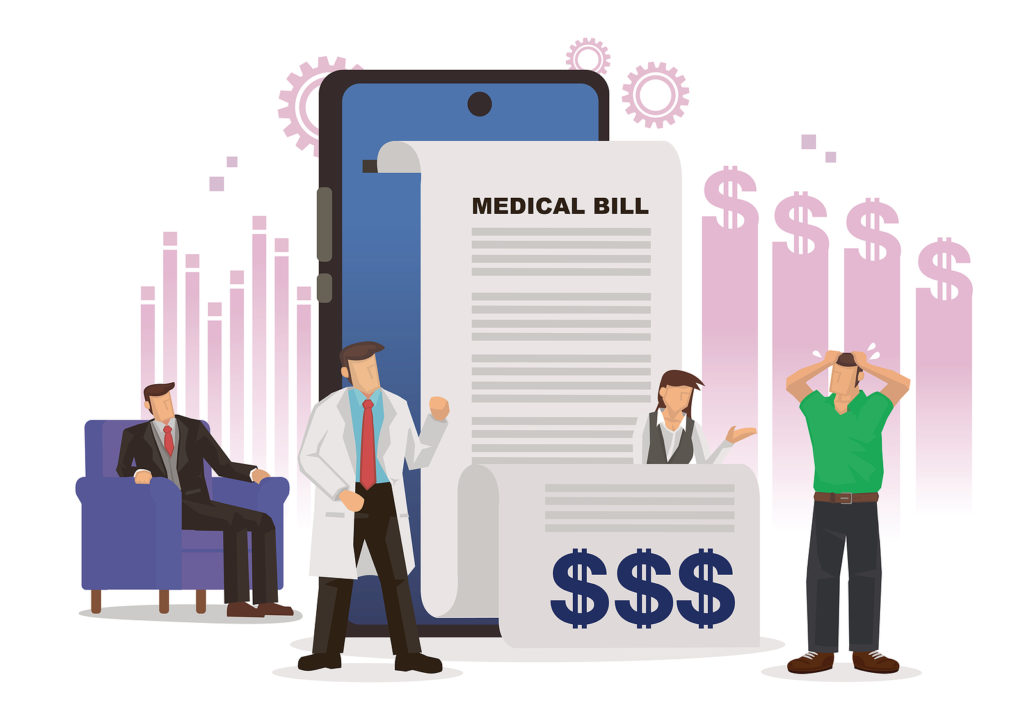
The way in which patient statements and account balances are configured can really make or break the collections and reconciliation process for your healthcare organization. Not only that, but disjointed healthcare payment processes can be incredibly frustrating for your patients. This frustration can quickly lead to delayed or non-payments and possibly the loss of loyal patients.
Discover the top three issues that patients run into when dealing with statement balances and payments and what you can do to significantly improve your collections process.
Issue #1: Micro Views of Each Encounter
With a micro view of each encounter, the user only has insight into each individual visit, not what they owe from past visits.
This is problematic in that it only gives a partial view into what is owed rather than the account holder’s most up-to-date balance over a series of visits, or the total balance for all the accounts the individual is responsible for.
The fix:
By providing the user with a guarantor-level view, they will have insight into all of the accounts they are responsible for. This includes the account holder’s balance in addition to all the parties for which they are responsible.
Issue #2: Multiple Payment Swipes or Multiple Payment Plans
If the consumer only receives a micro view of each encounter, they are encouraged to pay for the balance shown on each statement. If the most up-to-date balance isn’t reflected then the process and experience is choppy – leading to multiple payments, and if the balance is high, multiple payment plans may need to be created.
This disjointed payment process can be incredibly frustrating to patients, especially at a time when patients crave convenience and simplicity.
The fix:
An up-to-date, universal view of all the accounts the individual is responsible for allows them to make one payment or set up one payment plan to cover the entire balance.
Issue #3: Difficulty Assigning Payments to the Appropriate Account
With multiple payments being made and multiple payment plans being set up, reconciliation on the back end quickly becomes chaotic. Assigning payments to the appropriate account should be a seamless process, not one that is time-consuming and stressful.
Manual, time-consuming processes can lead to errors that result in lost revenue for your practice.
The fix:
A payment solution that ensures clean payment posting to the appropriate accounts allows for a streamlined reconciliation process that saves time and money.
A Streamlined Solution That Works
Rely on a solution that allows for improved collection of patient balances. With an online payment system, patients and guarantors will have access to account balances that are current, accurate, and accessible 24 hours a day, 7 days a week.
Consumers can quickly and easily make one payment that covers all encounters, including all parties they are responsible for. They also have the ability to set up payment plans or apply for loans that cover their most recent, up-to-date, guarantor-level balance.
A streamlined payment system also allows for ease of reconciliation for the provider. With automated tools in place, your organization can enjoy improved cash flow, reduced billing costs, simplified and accurate refund posting, and significantly less paperwork.
Turn to a patient payment solution that makes the most sense for your healthcare organization as well as your valued consumers. Get in touch with us to learn how you can increase patient financial engagement, and benefit from robust reporting and global reconciliation.
